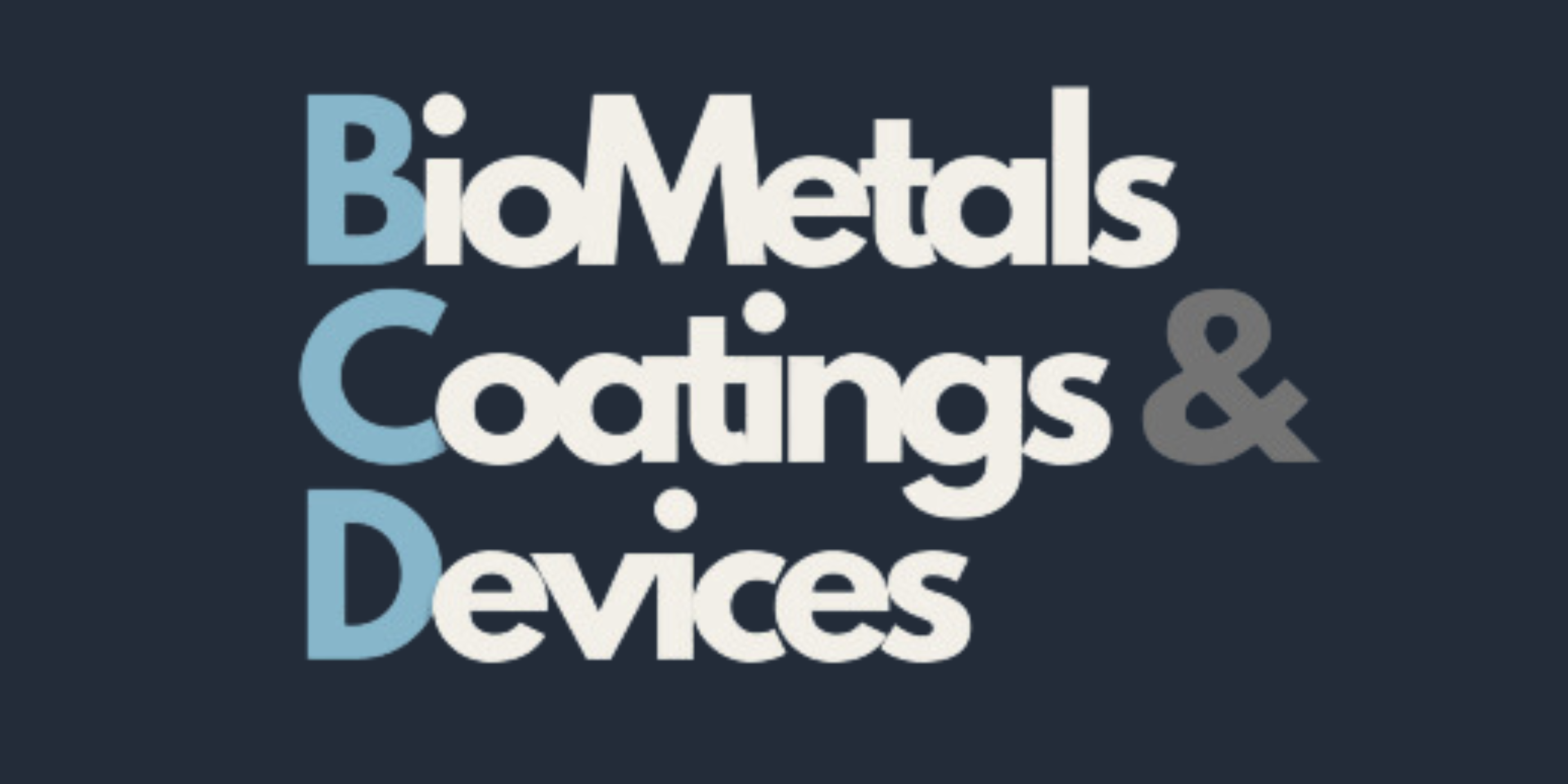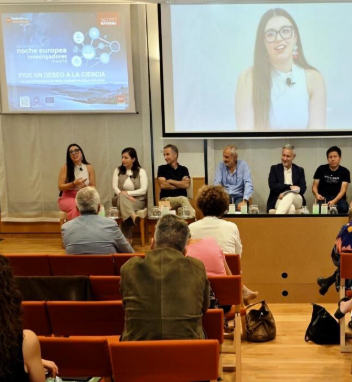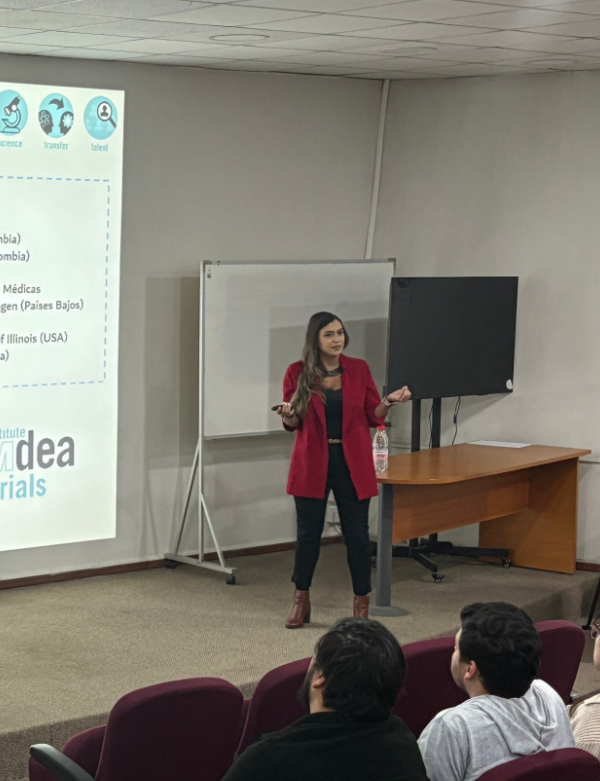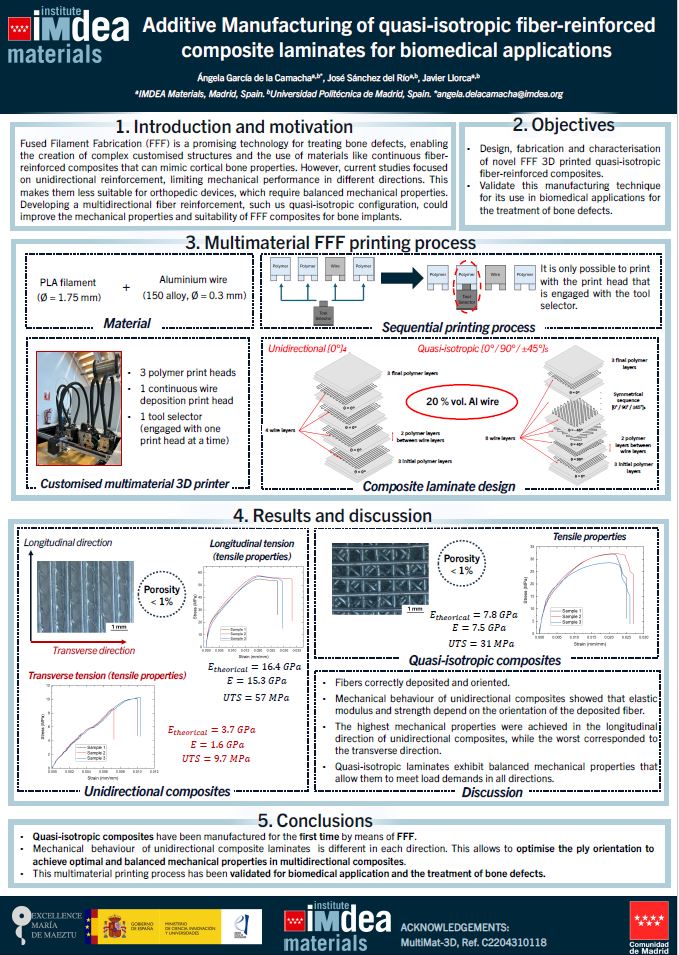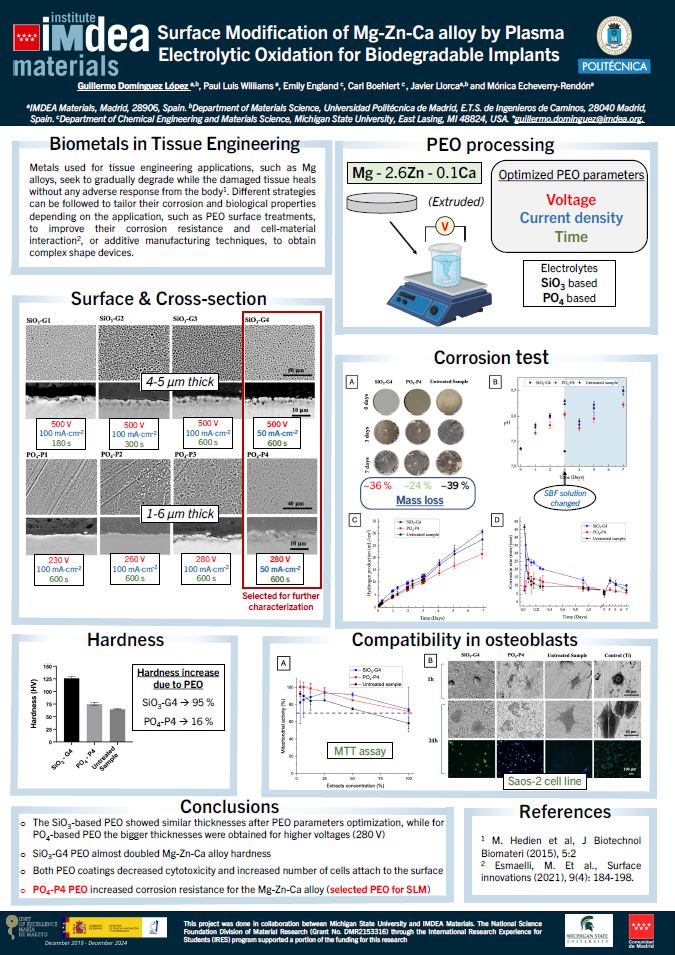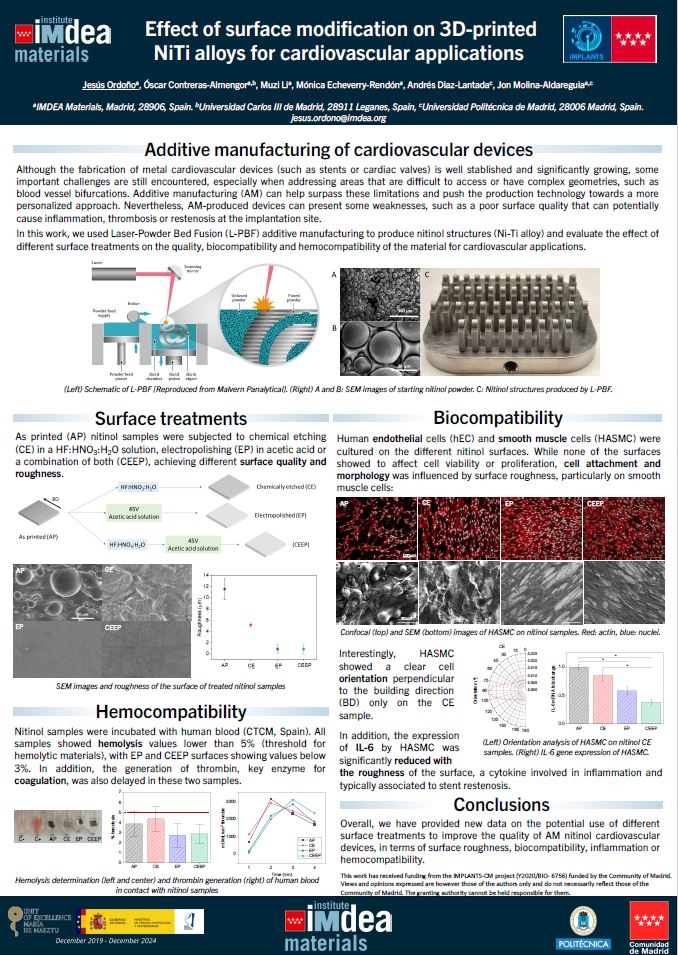Now Accepting Applications: PhD and Postdoctoral Positions in Mechanobiology and Materials Engineering
PhD Opportunity (start Jan 2026) — IMDEA Materials seeks a motivated PhD candidate to join a regional project funded by the Community of Madrid. Interdisciplinary work combining experimental biology, materials
